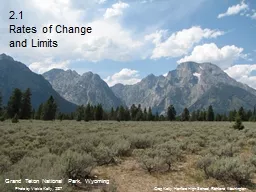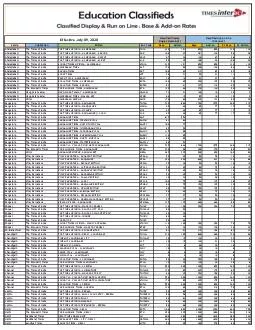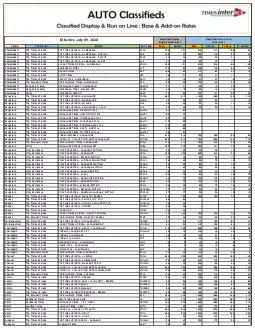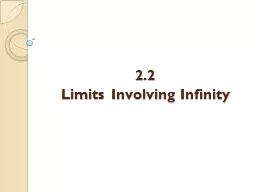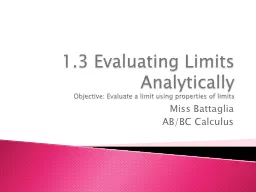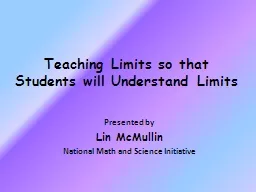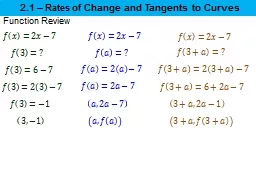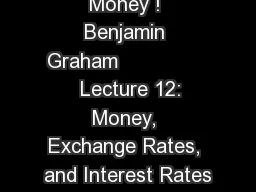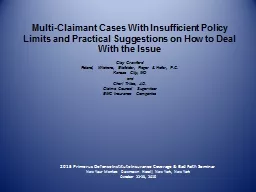PPT-2.1 Rates of Change and Limits
Author : briana-ranney | Published Date : 2016-09-13
Greg Kelly Hanford High School Richland Washington Photo by Vickie Kelly 2007 Grand Teton National Park Wyoming Suppose you drive 200 miles and it takes you 4 hours
Presentation Embed Code
Download Presentation
Download Presentation The PPT/PDF document "2.1 Rates of Change and Limits" is the property of its rightful owner. Permission is granted to download and print the materials on this website for personal, non-commercial use only, and to display it on your personal computer provided you do not modify the materials and that you retain all copyright notices contained in the materials. By downloading content from our website, you accept the terms of this agreement.
2.1 Rates of Change and Limits: Transcript
Download Rules Of Document
"2.1 Rates of Change and Limits"The content belongs to its owner. You may download and print it for personal use, without modification, and keep all copyright notices. By downloading, you agree to these terms.
Related Documents

